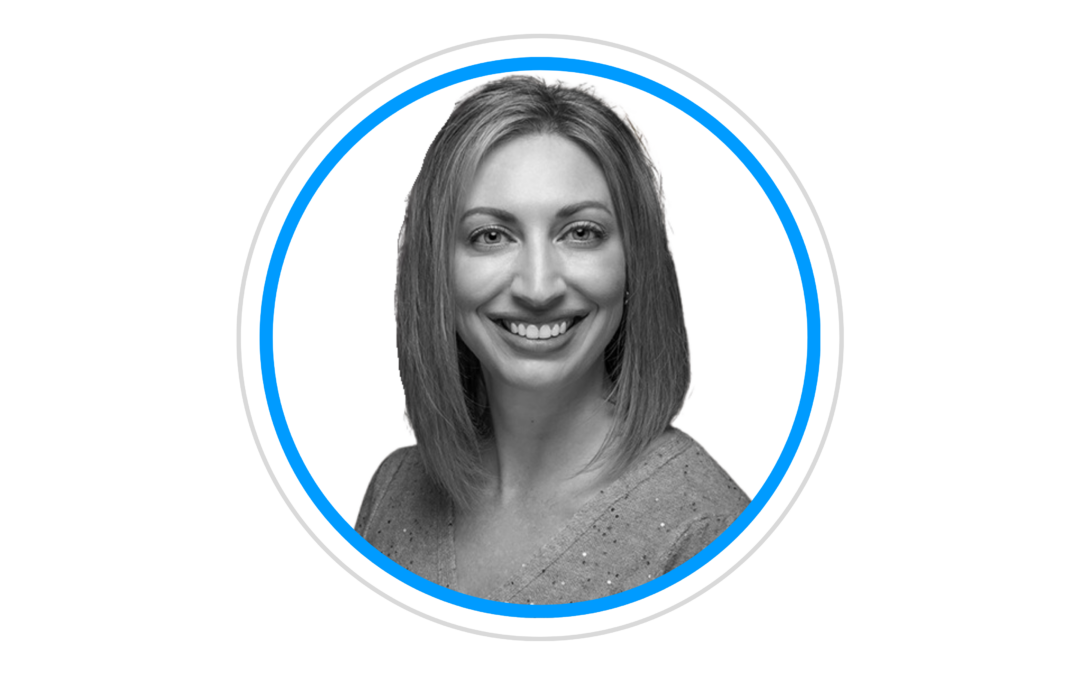Snoring is often laughed about, but it is no joking matter.
Chronic loud snoring, waking up choking or gasping for air, and cessation of breathing while sleeping for short periods of time are common symptoms of a condition called obstructive sleep apnea. Sleep apnea affects nearly 22 million Americans, and according to the Cleveland Clinic, “At least 80% of people experiencing obstructive sleep apnea go undiagnosed”. What’s the risk? Should this common “ailment” be so swiftly brushed aside?
Sleep apnea occurs when tissue in the back of the throat collapses and obstructs the airway, decreasing the amount of oxygen delivered to your organs. When the blood-oxygen level drops low enough, the body suddenly wakes up. This can happen hundreds of times a night. There are serious side effects if it is left untreated, such as headaches, depression, stroke, congestive heart failure, heart attack, hypertension, and death.
Often people don’t realize they are experiencing episodes of non-breathing, therefore we enlist the help of your partner. Please encourage your loud snoring loved one to see their Doctor if they experience these or similar symptoms.
What can you expect when you visit the doctor? They may schedule you for a Polysomnography (PSG), also called a sleep study. The test will be performed at an accredited facility, which may be affiliated with a hospital or may be under the direction and control of a physician (MD or DO). Facilities are accredited through the American Academy of Sleep Medicine (AASM) as a sleep disorder center, or a laboratory for sleep-related breathing disorders through the Joint Commission.
Yes, you will have to spend the night! The sleep study is performed while the patient is fully asleep. PSG provides continuous monitoring for six or more hours, observing sleep cycles, and the bodies reactions to the cycles. This monitoring identifies disruptions in the sleep pattern. The study records and measures the brain waves, blood oxygen levels, heart and breathing rates, and eye movement during the test. Normally sleep cycles in a night switch between non-REM (Non-rapid Eye Movement), and REM (Rapid Eye Movement) about every 90 minutes, therefore experiencing 4-6 sleep cycles. Expect a follow up appointment to discuss the results/ findings of your test.
If you are diagnosed with obstructive sleep apnea, your provider may order and arrange for you to get fitted for a continuous positive airway pressure (CPAP) machine. CPAP is a mask that is worn at night while asleep and helps to keep your airway open. Patients do say it may take some time to get used to this accessory, but it is a life saving valuable piece of equipment that should be worn as per your provider’s recommendations.
Resources:
American Medical Association. Professional Edition Current Procedural Terminology (CPT). Chicago: AMA, 2014.http://oig.hhs.gov/oei/reports/oei-05-12-00340.asp
http://www.mayoclinic.org/tests-procedures/polysomnography/basics/definition/prc-20013229
http://sleepfoundation.org/sleep-disorders-problems/rem-behavior-disorder/history
http://nih.gov/news/health/apr2010/nhlbi-08.htm
www.aasmnet.org/Resources/PDF/NGSpoly.pdf
American Academy of Dental Sleep Medicine


Recent Comments